Nordic’s unified SDK for its short-range wireless and cellular IoT product portfolio, now includes full stack support for Bluetooth 5.3 and Thread 1.2 among other key enhancements
Nordic Semiconductor today announces a significant upgrade of its nRF Connect SDK [Software Development Kit]. nRF Connect SDK v2.0.0 includes several key enhancements to help developers working with Nordic’s nRF52 and nRF53 Series multiprotocol short-range wireless Systems-on-Chip (SoCs), and the nRF91 Series LTE-M/NB-IoT cellular IoT System-in-Package (SiP).
nRF Connect SDK is Nordic’s scalable and unified SDK for building products based on the nRF52, nRF53, and nRF91 Series wireless devices. It offers developers a framework for building size-optimized software for memory-constrained devices as well as powerful and complex software for more advanced devices and applications. The SDK integrates the Zephyr real-time operating system (RTOS) and a wide range of samples, application protocols, protocol stacks, libraries, and hardware drivers.
nRF Connect SDK v2.0.0 brings some major enhancements to the development software. Chief among these are Bluetooth 5.3 qualified LE [Low Energy] RF protocol software stack, support for Thread 1.2, Trusted Firmware M (TF-M), and Zephyr LwM2M 1.1. The version 2.0.0 release also brings simplified software license report generation for any nRF Connect SDK project.
In addition to these major enhancements, the release of nRF Connect SDK brings other capabilities that will enable developers to design better IoT products more quickly. For example, the SDK now includes experimental support for LE Audio including an application for the nRF5340 Audio DK, Nordic’s LE Audio development kit. The SDK also includes obstructed satellite visibility detection for GNSS which stops the satellite fix process when it looks like observations difficulties will increase power consumption. Other new features include nRF Cloud Location Services support in the AVSystem’s Coiote LwM2M server, improved DFU [device firmware update] over Bluetooth LE, and support for Zigbee Cluster Library specification v8 (ZCL 8) and Base Device Behavior specification v3.0.1 (BDB 3.0.1).
The nRF Connect SDK enables developers to pick and choose the components for their application, thus reducing memory requirements and development time
In addition to these major enhancements, the release of nRF Connect SDK brings other capabilities that will enable developers to design better IoT products more quickly. For example, the SDK now includes experimental support for LE Audio including an application for the nRF5340 Audio DK, Nordic’s LE Audio development kit. The SDK also includes obstructed satellite visibility detection for GNSS which stops the satellite fix process when it looks like observations difficulties will increase power consumption. Other new features include nRF Cloud Location Services support in the AVSystem’s Coiote LwM2M server, improved DFU [device firmware update] over Bluetooth LE, and support for Zigbee Cluster Library specification v8 (ZCL 8) and Base Device Behavior specification v3.0.1 (BDB 3.0.1).
Finally, while the nRF Connect SDK is Integrated Development Environments (IDEs) agnostic, the default has changed in v2.0.0 to Visual Studio Code (VS Code). VS Code is a fast, cross-platform and popular IDE. Nordic’s nRF Connect for VS Code extension pack turns VS Code into a complete IDE for developing applications for nRF52, nRF53, and nRF91 Series devices on Windows, macOS, or Linux.
The SDK has been used by key vendors such as AirBolt, BeST SENSOR, Eve, HiiRii, IRNAS, iSiTech and MD Hearing to design and develop cellular IoT and short-range wireless products. The nRF Connect SDK is also a favorite of hobbyists and makers who previously had limited experience with such comprehensive development tools. The recent “Make it Smart with Nordic Thingy:91” Electromaker competition resulted in some notable innovations designed using Nordic’s SDK and the Nordic Thingy:91.
“The nRF Connect SDK offers a single code base for all our devices and software components and enables developers to pick and choose the essential components for their application, thus reducing memory requirements and development time,” says Krzysztof Loska, Technical Product Manager, Nordic Semiconductor. “That’s why the SDK has quickly become the definitive software development platform for Nordic’s wireless IoT product range.”
“This latest release reinforces that position by ensuring the code base is up-to-date with key software enhancements for popular protocols such as Bluetooth LE, Thread, Zigbee, and LwM2M plus functional improvements for LE Audio and GNSS applications.”
Related Articles
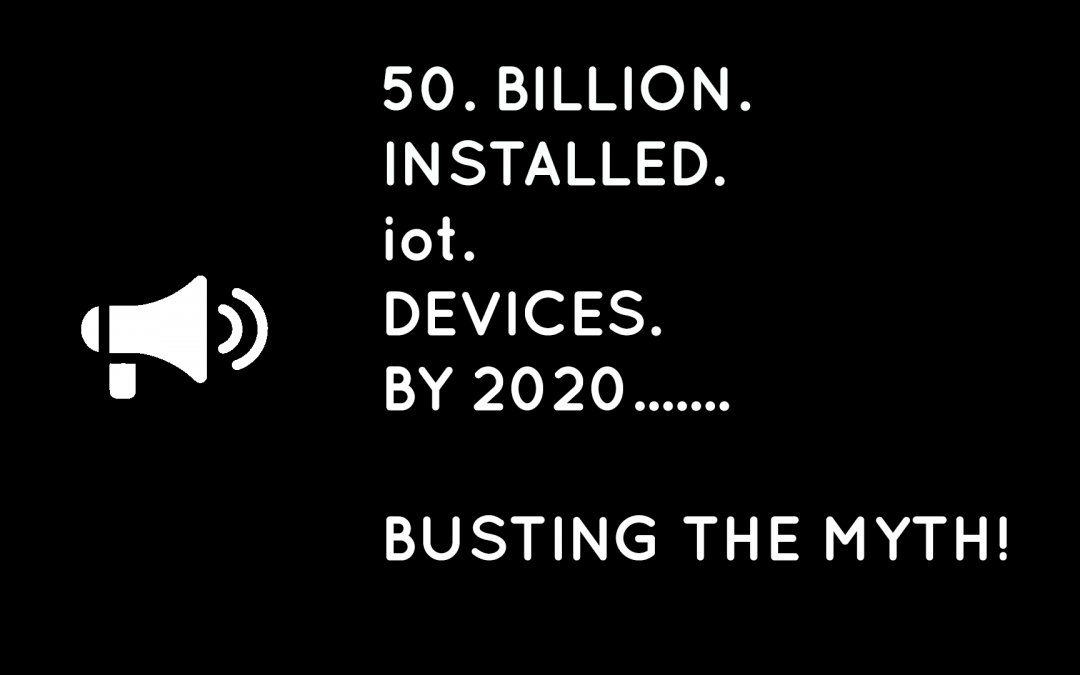
Busting the Internet of Things Myth
Will there ever be 50 billion installed IoT devices???Professor William Webb has contributed to Incisor.TV features many times, and is one of the most knowledgeable spokespersons on matters Internet of Things - both the original concept and the industry that has built...

Modular Buildings in the Time of Covid-19
The coronavirus crisis has brought profound change across the globe. The sheer scale of the pandemic puts enormous stress on healthcare systems everywhere. Medical facilities, from hospitals to care homes and housing for vulnerable people – all are focussed on...

Qualcomm, JLC Infrastructure and IGNITE Collaborate with Smart Cities Solutions
JLC Infrastructure joins Qualcomm Smart Cities Accelerator Program to help deliver smart solutions in the commercial, industrial and municipal sectors. Qualcomm Technologies, JLC Infrastructure and IGNITE Cities have announced a strategic collaboration to develop and...
Stay Up to Date With The Latest News & Updates
Our Sponsors
Incisor.TV partners with leading organisations in the technology sector.
Follow Us
And stay up to date with our news! We are active across the key social media platforms – please do follow us!

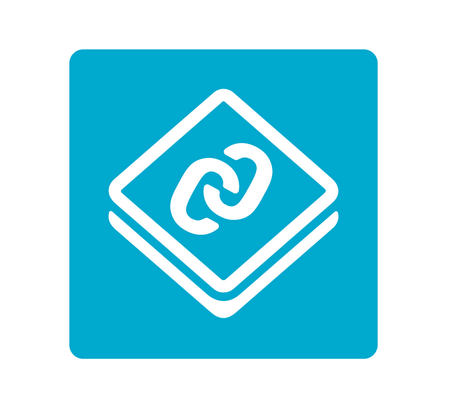
0 Comments